How To Prune A Bay Tree – Tips For Cutting Back Bay Trees
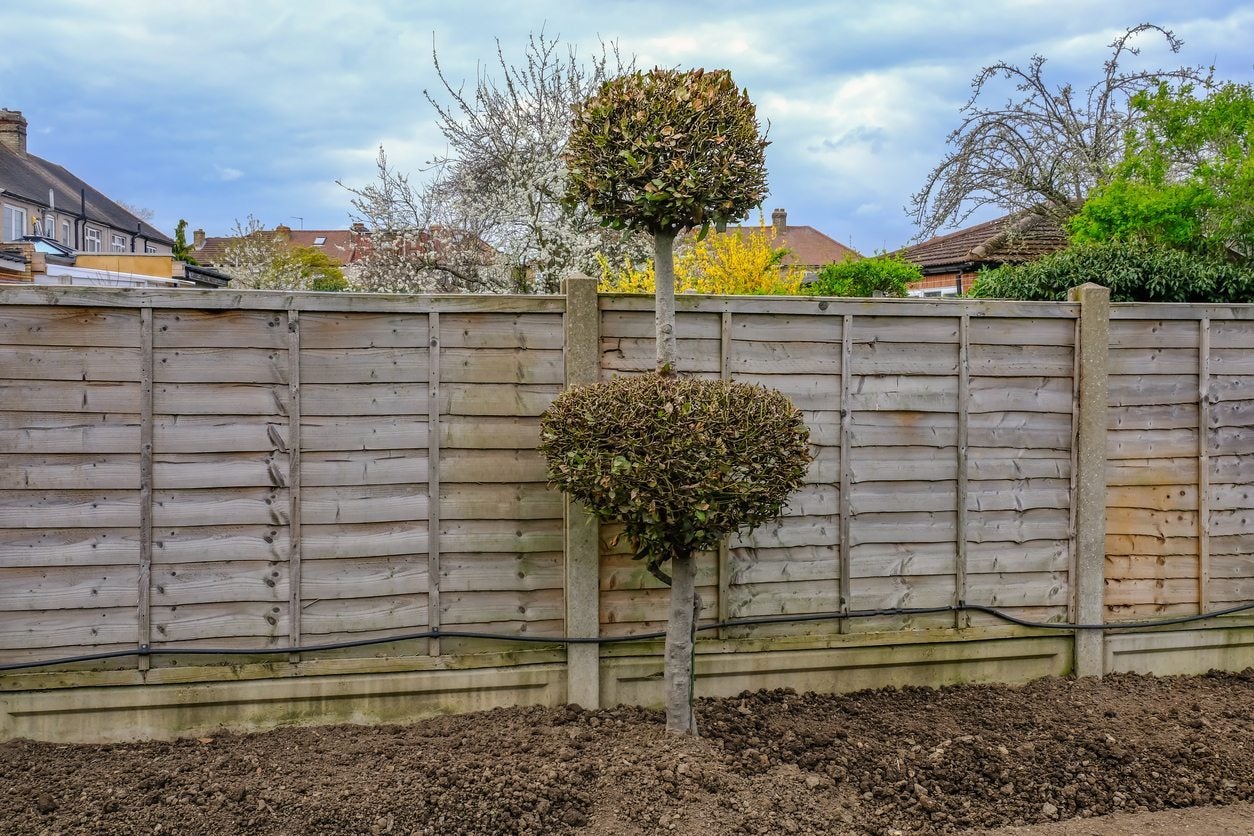

Bay trees are large, attractive trees with dense, shiny foliage. Bay tree pruning is not strictly necessary for the health of the tree, but the trees readily accept light or severe pruning, including pruning bay trees into topiary shapes. If you are thinking of cutting back bay trees, read on for tips.
About Bay Tree Pruning
Bay trees can grow to 30 feet (9 m.) tall without getting leggy or thin. If you want yours this tall, there is no immediate need to learn about pruning bay trees. However, even healthy bay trees can suffer damage from winter weather or wind scorch. Branches can also become diseased or break. If this happens to your bay trees, you’ll want to remove or trim back the damaged branches. You can do this in late spring. You can also start cutting back bay trees in late spring to create the look you are seeking. Bays can be pruned to be a single-trunked tree or a multi-trunk shrub. How to prune a bay in this way? Simply remove the trunks you do not want close to the ground. Late spring is also a good time to prune if you want to start cutting back severely. You can head back excess growth at this time or begin topiary pruning. Sucker development is another reason to cut back bay trees. Suckers grow from the roots and should be pruned out to prevent the formation of clumping.
Topiary Pruning Bay Trees
Wondering how to prune a bay for topiary? Begin in spring and start pruning it into a rough version of the shape you have chosen. When you are pruning bay trees as topiary specimens, you’ll have to trim a second time in the summer. You can do more precise shaping then, as well as control the new growth that has occurred. Try to complete all bay tree pruning by the end of summer. If you do bay tree pruning any later, the tree may go into dormancy without putting out new foliage.
Gardening tips, videos, info and more delivered right to your inbox!
Sign up for the Gardening Know How newsletter today and receive a free copy of our e-book "How to Grow Delicious Tomatoes".

Teo Spengler is a master gardener and a docent at the San Francisco Botanical Garden, where she hosts public tours. She has studied horticulture and written about nature, trees, plants, and gardening for more than two decades. Her extended family includes some 30 houseplants and hundreds of outdoor plants, including 250 trees, which are her main passion. Spengler currently splits her life between San Francisco and the French Basque Country, though she was raised in Alaska, giving her experience of gardening in a range of climates.
-
 Looking For Plants To Give You The Soft And Fuzzies? Try These 5 Fuzzy Leaf Plant Options
Looking For Plants To Give You The Soft And Fuzzies? Try These 5 Fuzzy Leaf Plant OptionsLovers of texture, drama, silver foliage and tactile plants will adore these special sensory garden additions. These fuzzy leaf plant options will leave you all aglow
By Susan Albert
-
 Get Ready For A Summer Of Hummers! Grow These Full Sun Hummingbird Plants and Flowers
Get Ready For A Summer Of Hummers! Grow These Full Sun Hummingbird Plants and FlowersIf you’re lucky enough to enjoy a sunny backyard, make sure you are maxing out on your pollinator opportunities and grow these full sun hummingbird plants and flowers
By Tonya Barnett
-
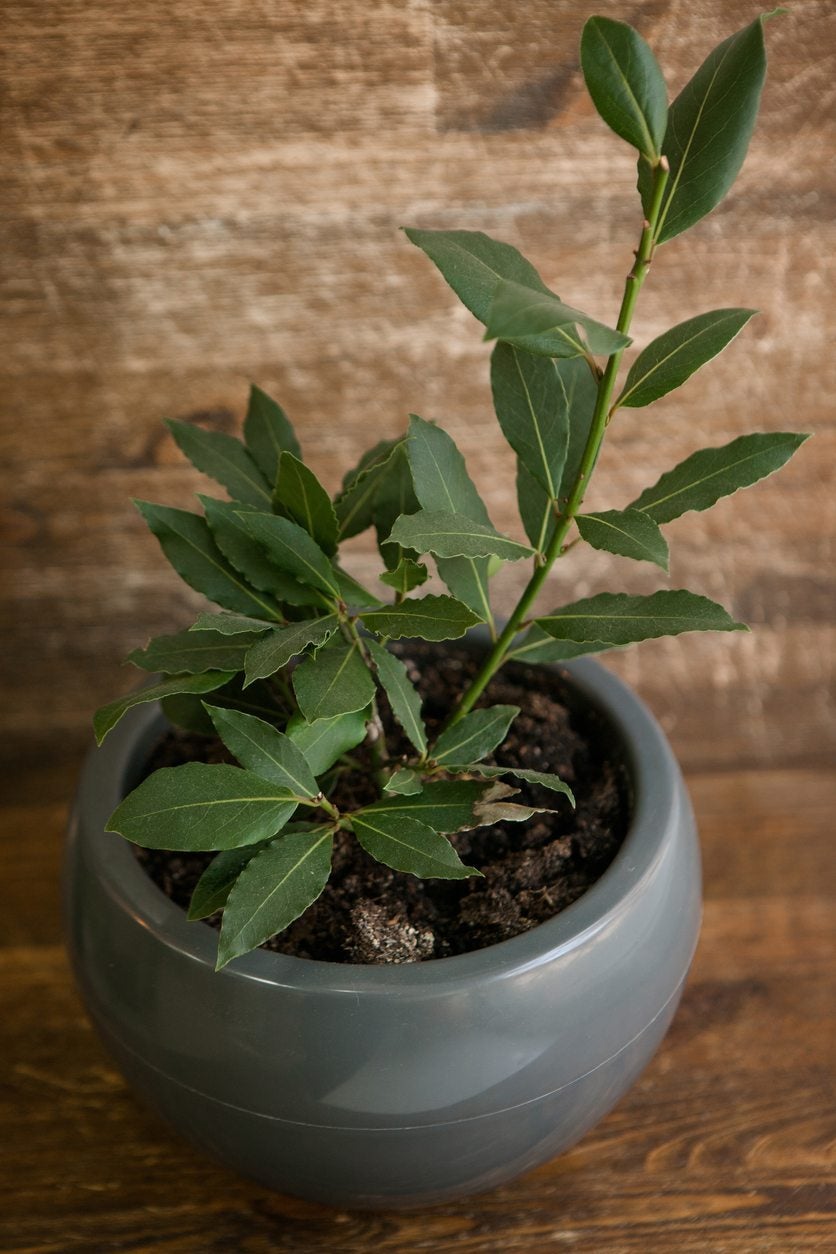 Bay Tree Propagation – Tips For Rooting Bay Tree Cuttings
Bay Tree Propagation – Tips For Rooting Bay Tree CuttingsOne mature bay tree will keep even the most dedicated cook in pungent bay leaves for a lifetime. But if you need more, it is not difficult to start growing a bay tree from cuttings. For more information on propagating cuttings from a bay tree, click here.
By Teo Spengler
-
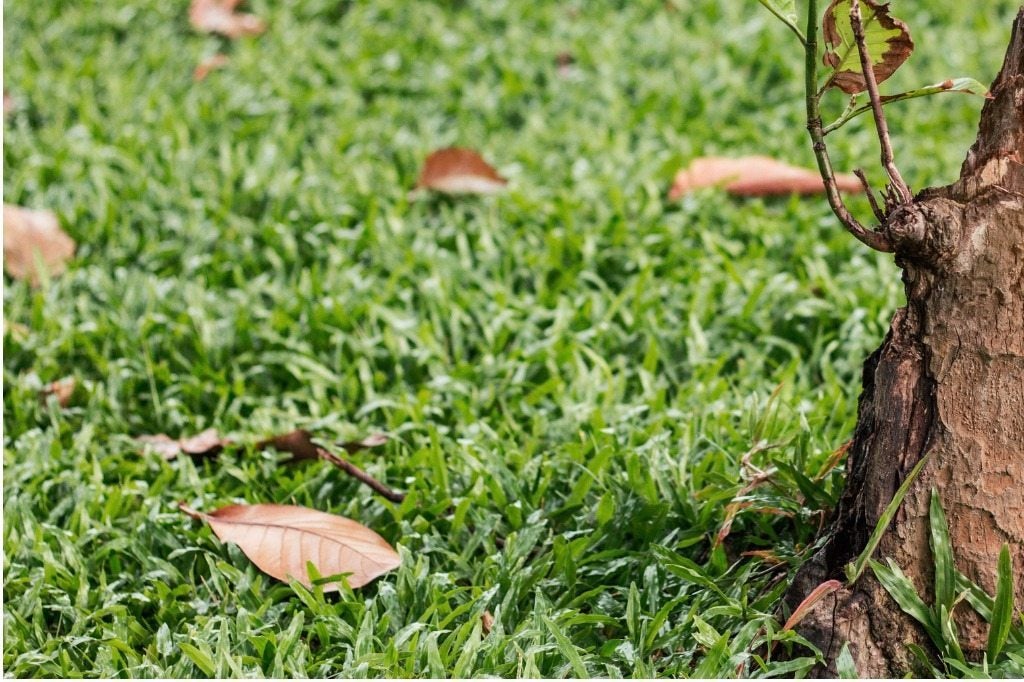 Bay Tree Leaf Drop: Why Is My Bay Losing Leaves
Bay Tree Leaf Drop: Why Is My Bay Losing LeavesBay laurel is one of the most impressive looking among the culinary herbs. Although it?s pretty sturdy, once in a while you may run into trouble with dropping bay leaves. Click this article to learn about bay trees dropping leaves.
By Kristi Waterworth
-
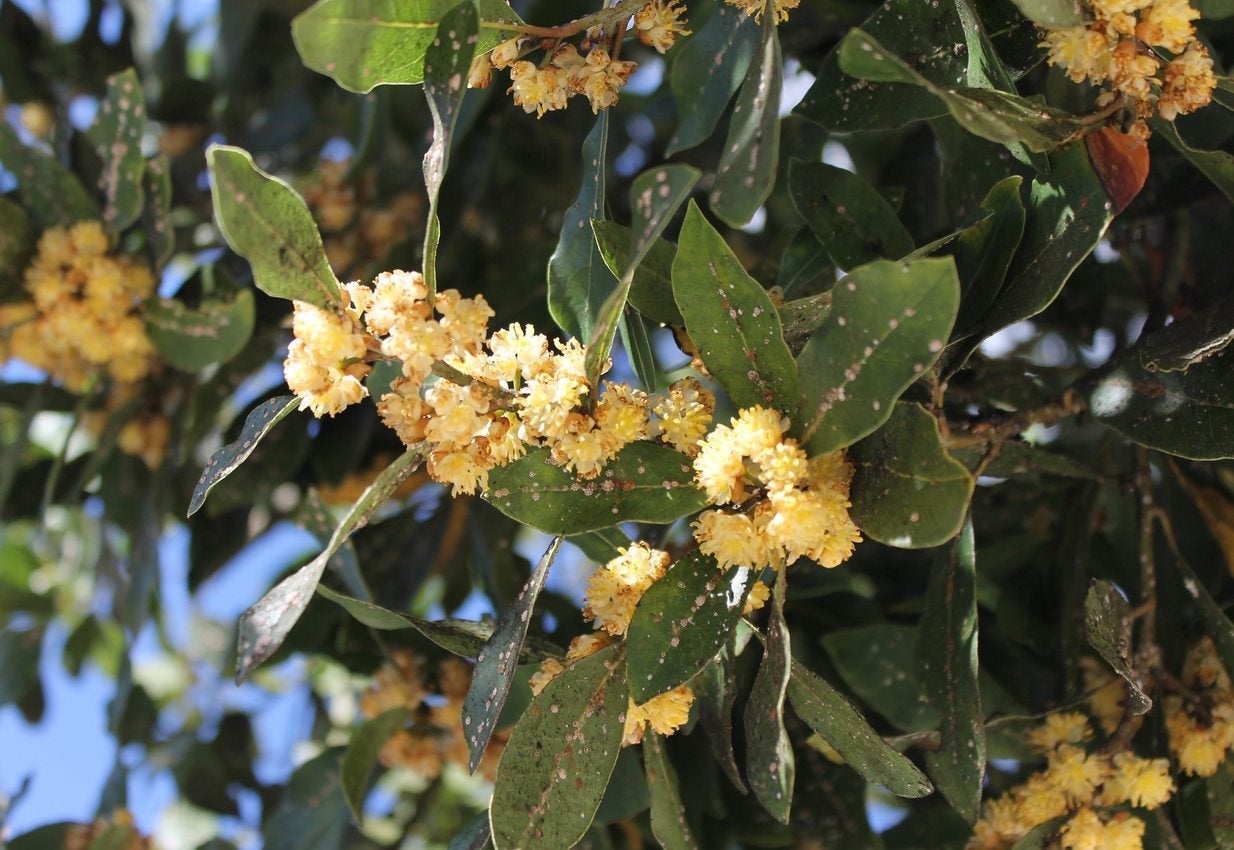 How To Treat Bay Pests : Dealing With Pests On A Bay Tree
How To Treat Bay Pests : Dealing With Pests On A Bay TreeMost bay tree insects are foliar feasters, but there are a few boring insects that can cause damage to the trunk and twigs. Click on the following article to find out how to treat bay pests in a safe and non-toxic manner.
By Bonnie L. Grant
-
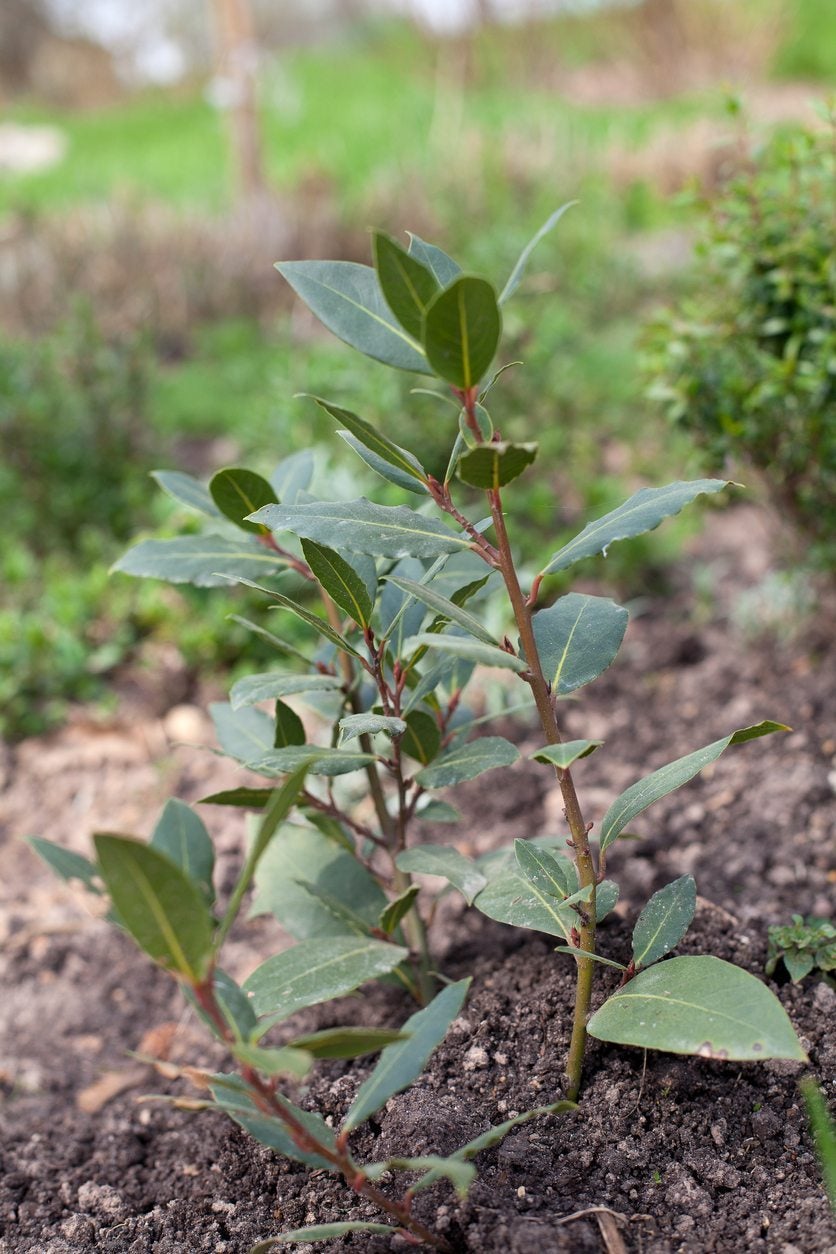 Diseases Of Bay Trees : How To Treat A Sick Bay Tree
Diseases Of Bay Trees : How To Treat A Sick Bay TreeBay is an easy-to-grow plant but is susceptible to a few diseases, many of which create problems on foliage, the part used in cooking. Preventing these diseases can help protect both the plant and your secret recipe ingredient. Learn more in this article.
By Bonnie L. Grant
-
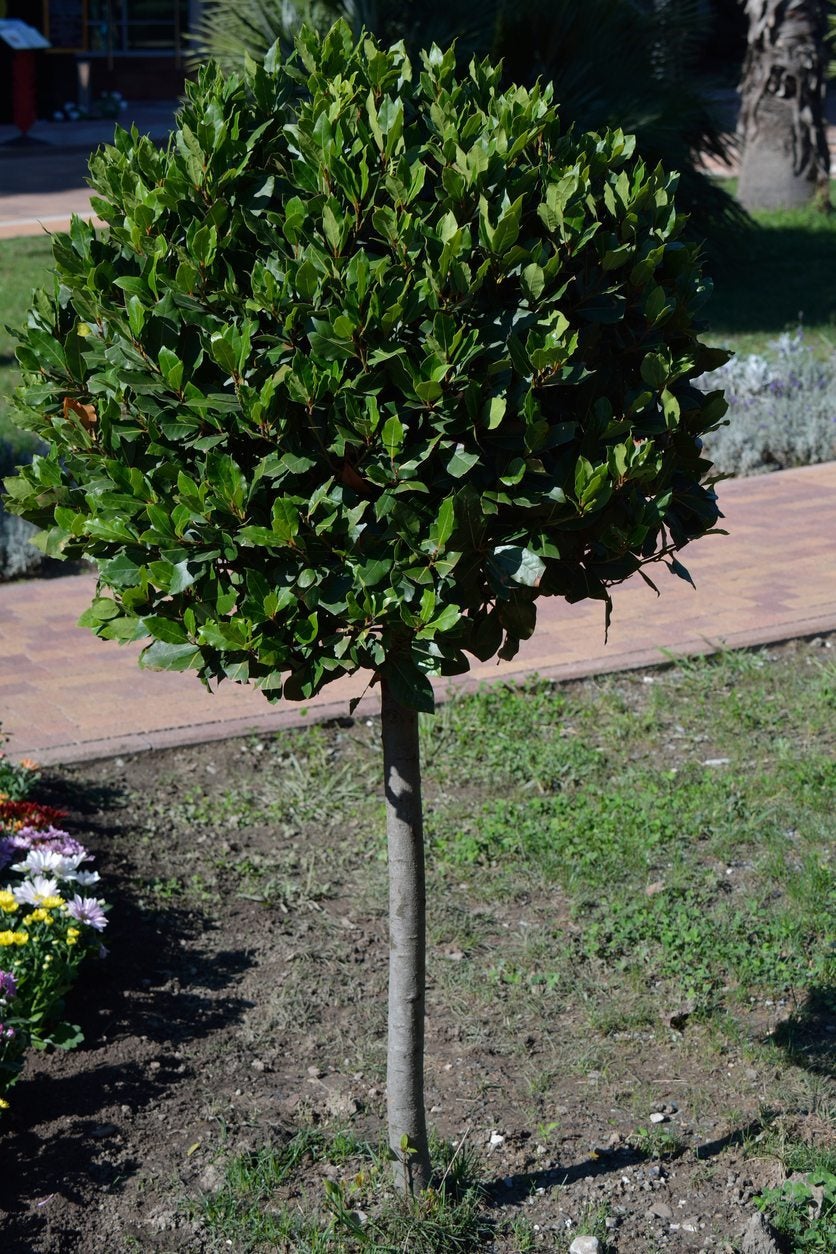 Bay Tree Transplant Tips: How To Transplant Bay Trees
Bay Tree Transplant Tips: How To Transplant Bay TreesBay laurel trees are small evergreens with dense, aromatic foliage. The leaves are often used for flavoring in cooking. If your bay tree has outgrown its planting site, you may be wondering how to transplant bay trees. Click here for information that can help.
By Teo Spengler
-
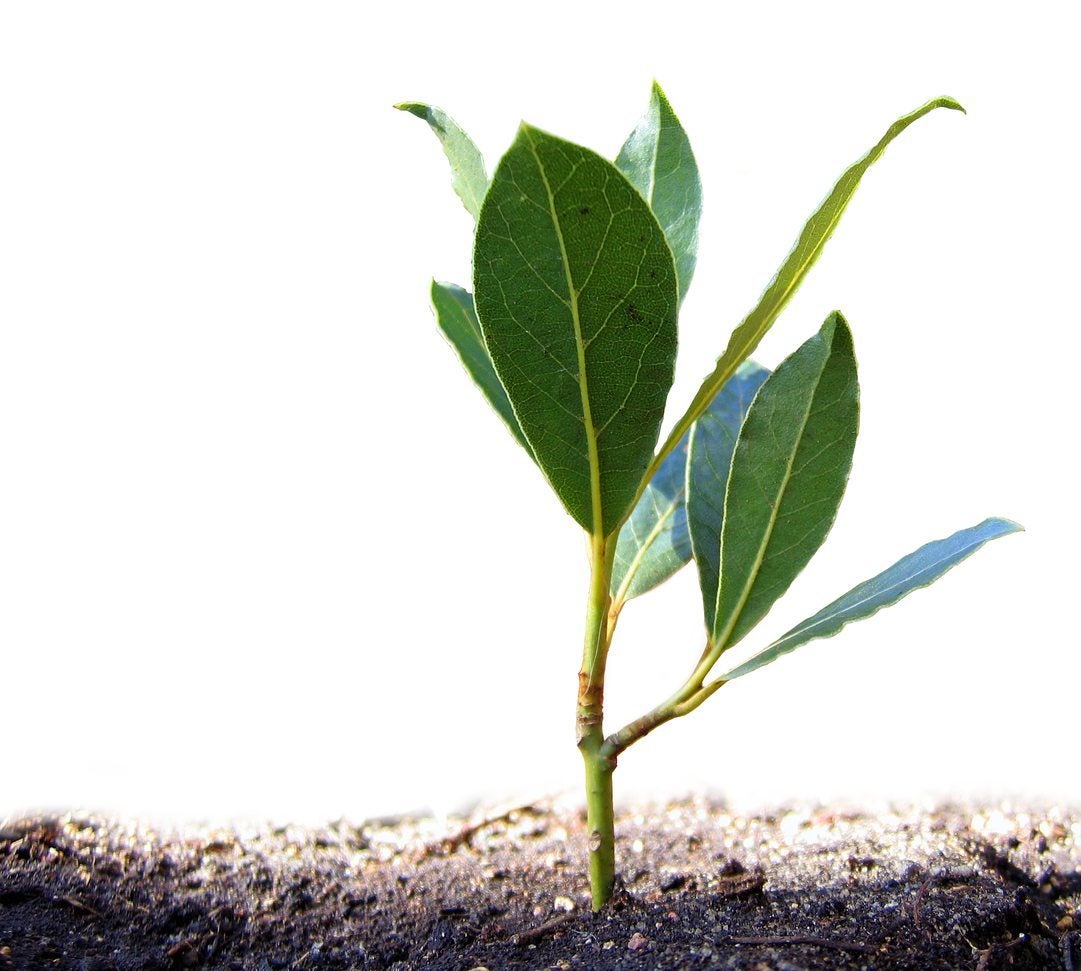 When To Sow Bay Seeds: Tips For Growing Bay Tree Seeds
When To Sow Bay Seeds: Tips For Growing Bay Tree SeedsUsually, sweet bay is purchased as a seedling from a nursery, but growing bay tree seeds is also possible, provided the grower has some patience since bay seed germination is a slow process. Interested in planting bay seeds? Find out when to sow bay seeds in this article.
By Amy Grant
-
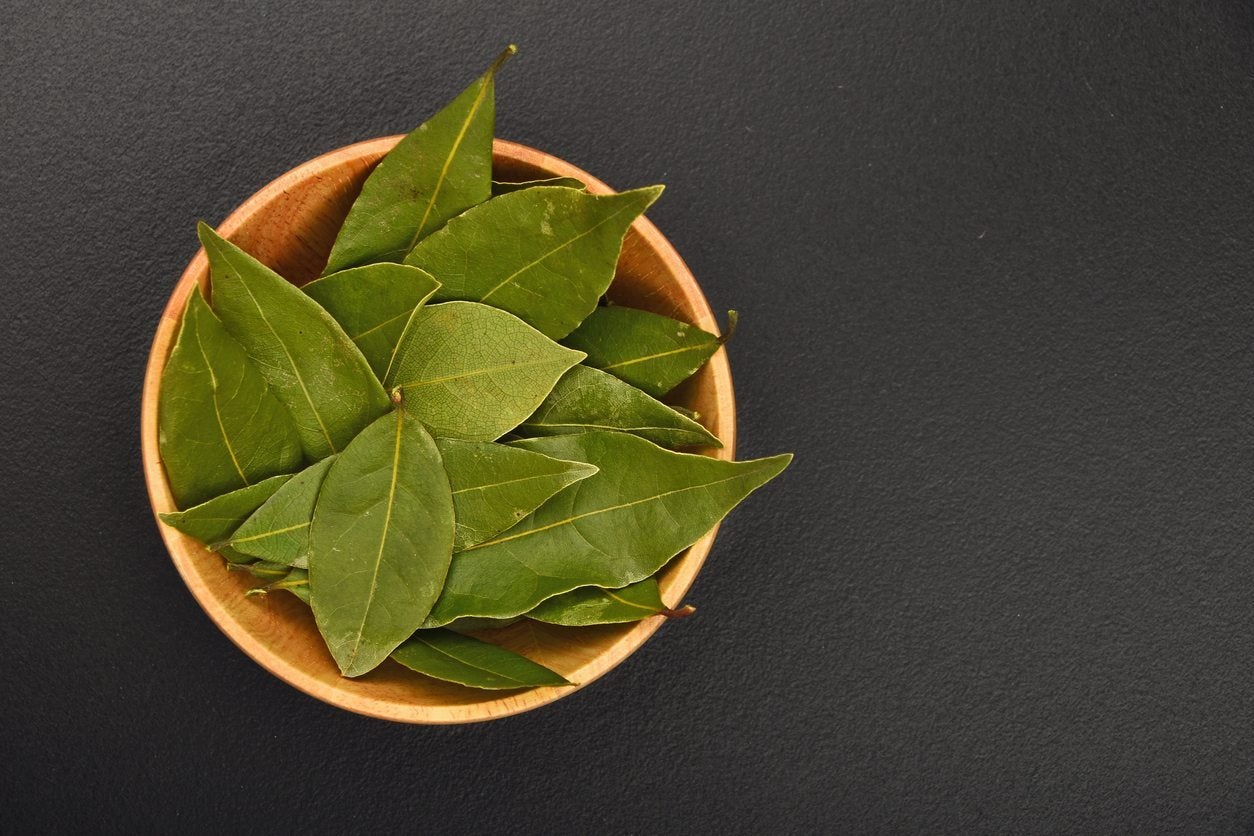 Harvesting Bay Leaves: When To Pick Bay Leaves For Cooking
Harvesting Bay Leaves: When To Pick Bay Leaves For CookingAlmost everyone should be picking their own bay leaves; of course, you need to know when to pick them. Is there a specific bay leaf harvest time of year? The following article contains information on harvesting bay leaves.
By Amy Grant
-
 Are Some Bay Leaves Toxic – Learn Which Bay Trees Are Edible
Are Some Bay Leaves Toxic – Learn Which Bay Trees Are EdibleThe delightful Mediterranean bay tree has a reputation for being toxic. What?s the real truth about bay leaves? Are they poisonous? Which bay trees are edible? Can you cook with all bay leaves, or are some bay leaves toxic? We?ll explore the issue in this article.
By Mary H. Dyer